Instructional Design
Instructional design as a practice includes building relationships, asking the right questions, and learning how to measure performance that matters to the organization. Learn more about all the facets that go into collaboratively designing learning experiences.
Back to Categories
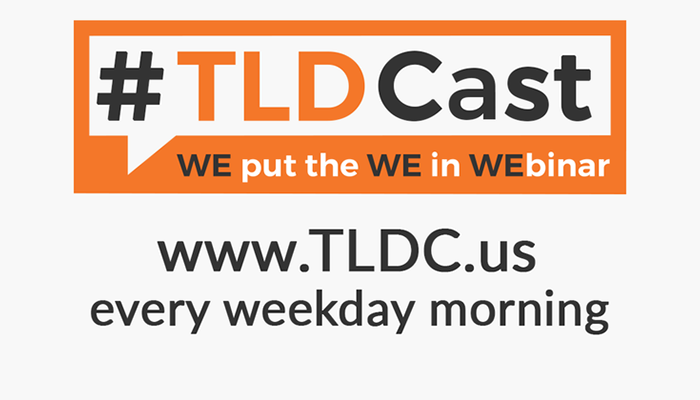
The Training, Learning, and Development Community
TLDC
The Training, Learning, and Development Community’s focus is on Everyday Improvement for all of our Members and Subscribers. And one of the best tools for maximizing your Professional Development is Conferences.
TLDCast is an “every weekday” hour-long, online, video/audio/text broadcast focused on Training, Learning, and Development. It’s not a webinar – it’s a mix between a conference session and a hallway conversation — because we all know that’s where the true value of a conference resides.
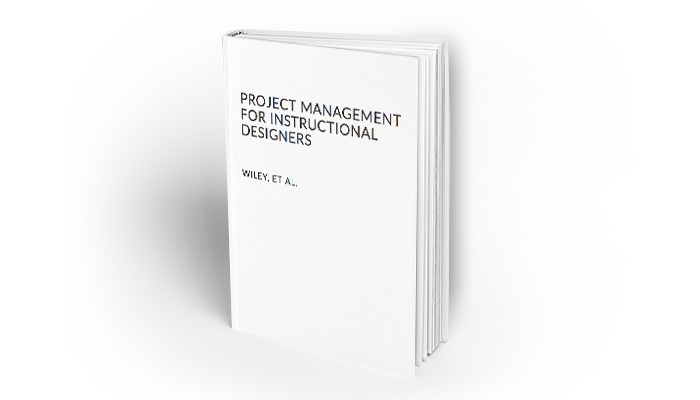
Project Management for Instructional Designers
David Wiley et al.
Project Management for Instructional Designers (PM4ID) is – as the name suggests – a book about project management tailored specifically for instructional designers. This book is a revise / remix of a pre-existing, openly licensed project management textbook which was donated to the commons by a benefactor that desires to be attributed as Anonymous.

The Lounge Podcast
Jacqueline Hutchinson
A podcast about “elevating corporate learning and educational technologies”
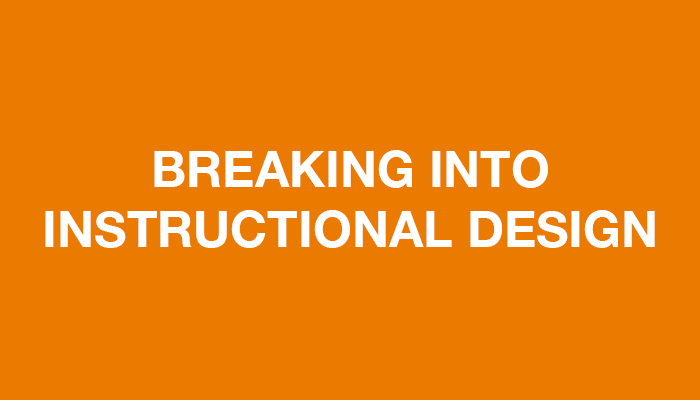
Breaking Into Instructional Design
Connie Malamed, Elearning Coach
Curious about a career in instructional design?
Then you’ve come to the right place. I’ve created a free 12-lesson eCourse for people who want to know more about an Instructional Design career. Breaking Into Instructional Design explains one of the most fulfilling and smartest careers of the 21st century.
What’s inside:
- Learn about the varied work instructional designers do.
- Find out how the field is changing.
- See the competencies required for an instructional design career.
- Get the scoop on whether you need a degree.
- Discover the best places to network and find jobs.
- Jump ahead of your competition with this suggested reading list.
- Start working on an eLearning portfolio to develop your skills.-
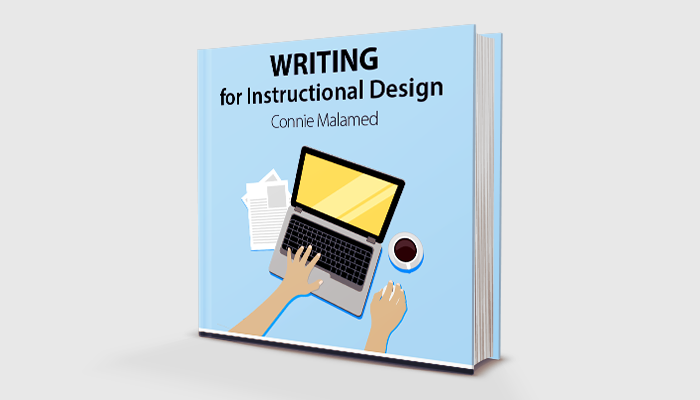
Writing for Instructional Design
Connie Malamed, The eLearning Coach
Instructional designers write for a myriad of purposes, often with no training for specific types of writing. This guide covers several types of writing commonly practiced by instructional designers: technical writing, scripting for audio and video, and persuasive writing.

How to create great e-Learning content from A to Z
iSpring
In this series, Michael Sheyahshe, an e-Learning expert, will guide you through the whole process of crafting a course — from initial roadmap to final content distribution.

Teaching in Higher Ed Podcast
Bonnie Stachowiak
Bonnie Stachowiak interviews higher ed professionals and shares tips about instructional design, teaching, educational technology, and educational psychology.
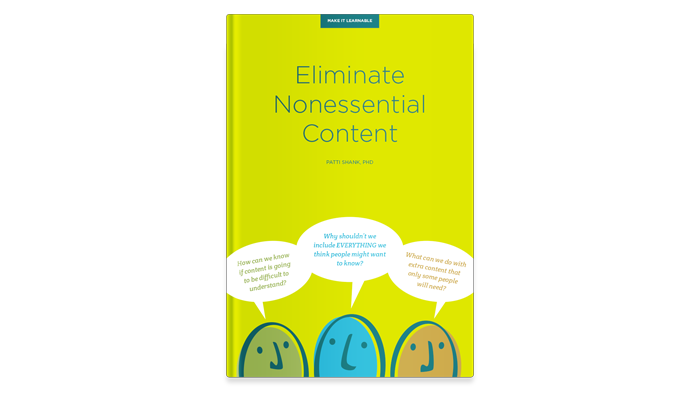
Eliminate Nonessential Content
Patti Shank, eLearning Industry
How we write learning content is as important as what we write. For example:
- Complex writing makes the message hard to understand.
- Mixing unnecessary content with important content makes it difficult to find and remember the most critical messages.
In this eBook by Patti Shank, PhD, we concentrate on five critical tactics to remove unnecessary words and content in order to make it content more learnable.
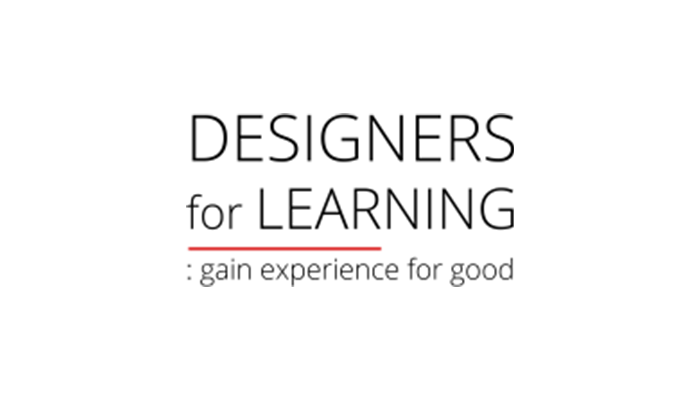
Designers for Learning
Designers For Learning
This project-based course focuses on a real-world instructional need. As a participant in this course, you will evaluate and adapt open educational resources for adult basic education. You will begin the evaluation process by dissecting the adult basic education design scenario to explore key aspects of the opportunity.
As part of the instructional evaluation, you will select an open educational resource that was designed and developed in a prior Designers for Learning cohort to evaluate the extent to which the instructional materials are effectively and efficiently designed and developed to meet the needs and constraints. Based on this evaluation, you will then adapt the materials you reviewed into a new lesson or revise the open educational resources to enhance the:
- instructional strategies and assessments,
- learner experience features, such as directions and help, aesthetics of display, lesson sequencing, and overall ease of use,
- affective considerations, such as arousing curiosity, establishing relevance, offering appropriate level of challenge, and maintaining learner’s attention, and
- display features, such as images, graphics, audio, animation, video, or print materials.
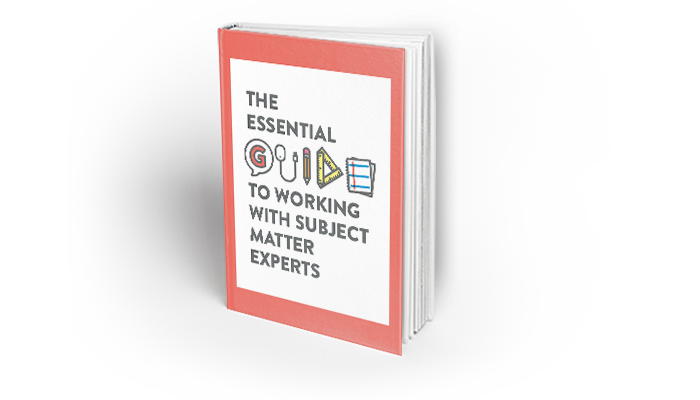
The Essential Guide to Working with Subject Matter Experts
Articulate
If you’re like most e-learning developers, working with subject matter experts (SMEs) is one of your toughest challenges. But don’t worry, we’re here to help.
Download this e-book to learn effective strategies for partnering with your SMEs to create awesome e-learning. You’ll learn how to get the information and feedback that you need—and how to make collaborating on courses a positive experience for everyone.

Sponge UK Elearning Podcast
Sponge UK
Getting to the heart of great elearning with absorbing interviews, ideas, and tips. The perfect show for L&D professionals, instructional designers, and anyone interested in digital learning. We cover the technology behind learning, as well as the theory and practice that goes into absorbing online learning.
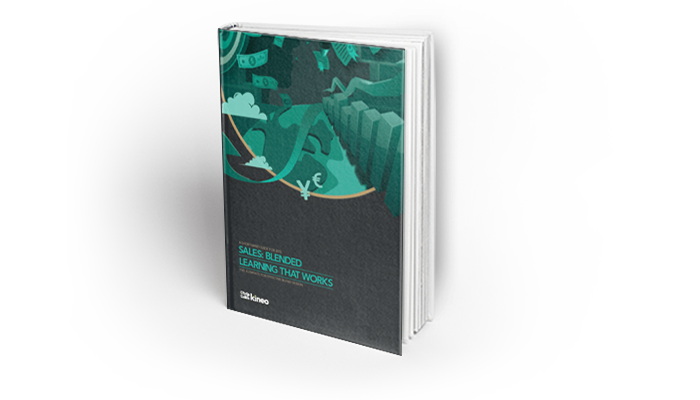
Sales: Blended Learning That Works
Kirstie Greany, Kineo
Helping organisations improve the sales and product knowledge training they deliver, focusing in increasing ROI and sales performance through blended learning.
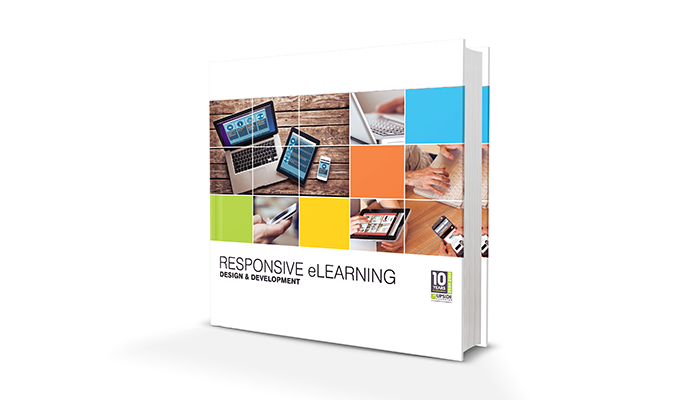
Responsive eLearning Design & Development
Geera Bellare & Sonal Sheth, Elearning Guild
Today’s learners use multiple computing/communication devices during the course of the day - for learning, work, entertainment, and decision making. They are on the move, both within and outside the workplace, and want to use their “downtime” effectively. Responsive eLearning helps organizations to leverage this “downtime” while extending the reach and availability of their training.
Like any other approach, Responsive eLearning comes with its own set of planning, design, development and testing considerations and guidelines - and it forces those of us who create responsive eLearning to think beyond just one fixed display size and one uniform use context. Hence, understanding the key features, benefits, types, examples of Responsive eLearning is important in drawing up a strategy that works for your organization. With respect to the strategy, decision factors like when to use responsive eLearning, how to get started and the various challenges you may encounter in the design, development and testing process are crucial to the success of your strategy. Learn about it all in this eBook.

Performance Support: Insights From Jane Hart
Trivantis
Want to get results with performance support? Just want to know what performance support is and how it can benefit your organization? This eBook is for you! Jane Hart, Founder of the Centre for Learning & Performance Technologies, shared her knowledge with us for this eBook.
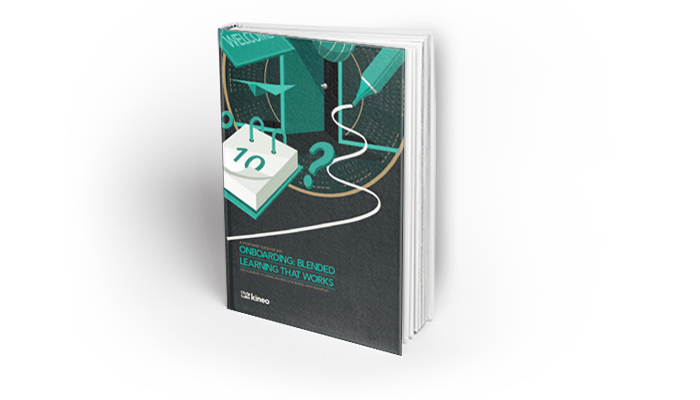
Onboarding: Blended Learning That Works
Kirstie Greany, Kineo
Helping organisations use blended learning to create engaging and informative onboarding programmes, ensuring staff retention long beyond the first 90 days.
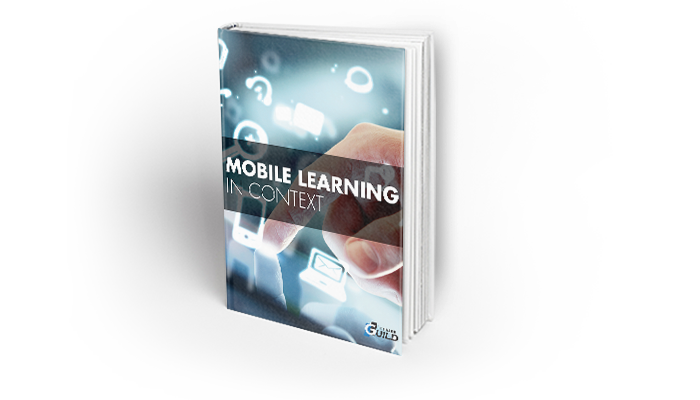
Mobile Learning in Context
Janet Clarey, Elearning Guild
When people talk about customary approaches to eLearning, they usually envision self-paced courses, tutorials, and synchronous virtual classroom training. Still popular after 20 years, this “traditional” type of eLearning is typically designed and structured as a formal solution. It originated in one-way communication (web 1.0), much like email originated from traditional mail. Done right, for the right reasons, it works.
Mobile learning, on the other hand, originated in two-way communication (web 2.0), defies the customary approach to eLearning, and shifts the control and responsibility for learning. From a design perspective, mobile forces us to rethink our approach to learning. It forces us to see learners as mobile. Done right, it also works.
A collection of essays curated by Janet Clarey, Mobile Learning in Context explores topics from implementation to how to motivate learners to complete training. Written by an international group of mobile innovators, their writings might inspire you rethink where mobile learning fits in your existing learning ecosystem.
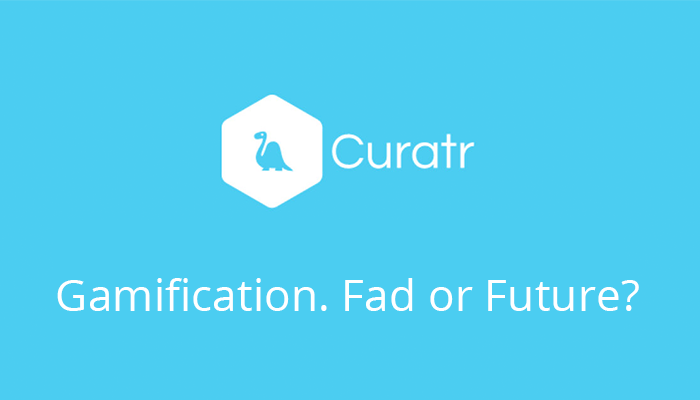
Gamification. Fad or Future?
Curatr
In this latest offering from HT2 you’ll be able to inform your own practice by taking a look at ‘Gamification’ and answering these questions.
- What is it?
- Who’s using it?
- What benefits does it bring?
- How could you use it?
As well as some ‘behind the scenes’ peeks at how Curatr uses Gamification and how you can get access to Curatr to experiment with Gamification for yourself.
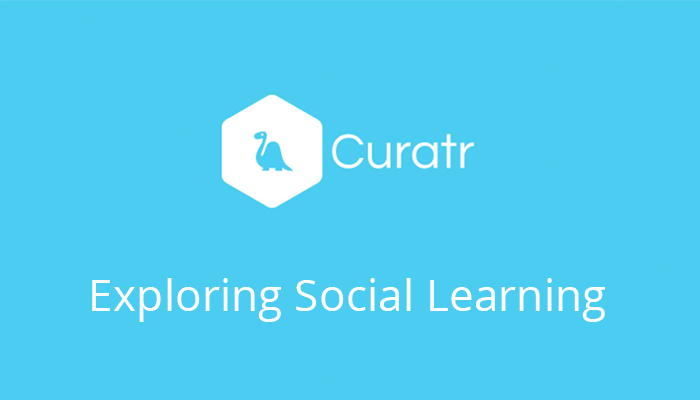
Exploring Social Learning
Curatr
Social has been one of the watch words in L&D trends in recent years. Some experts suggest that all learning is social, some say you can design social learning experience - others say you can’t touch it and that L&D professionals should just stand back and let it happen.
But do we even have a common understanding of what it is?
In this latest offering from HT2 you’ll be able to inform your own practice by taking a look at ‘Social Learning’ by exploring:
- The changing world and workplace.
- Various social learning theories.
- The relationship between social, formal and informal learning.
- Various strategies, tools, methods and approaches.
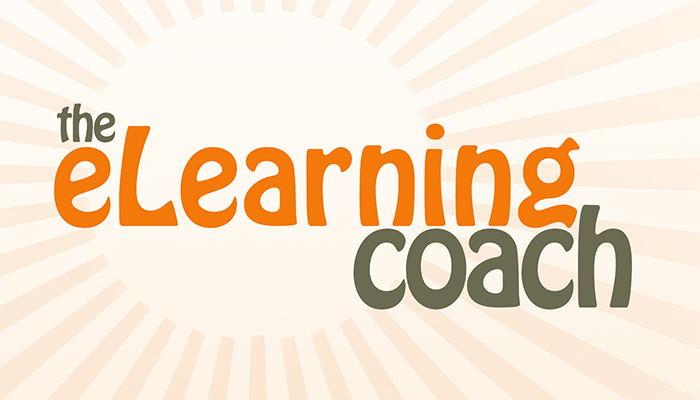
Elearning Coach Podcast
Connie Malamed, Elearning Coach
Connie Malamed from The eLearning Coach site shares fresh ideas and actionable tips for success with creating online and mobile learning experiences. Listen to interviews with expert designers, developers, authors and professors who provide strategies for both learning architects and educators. If you have a passion for instructional design, cognitive psychology, visual communication, social media learning, mLearning, and related topics, this podcast is for you.
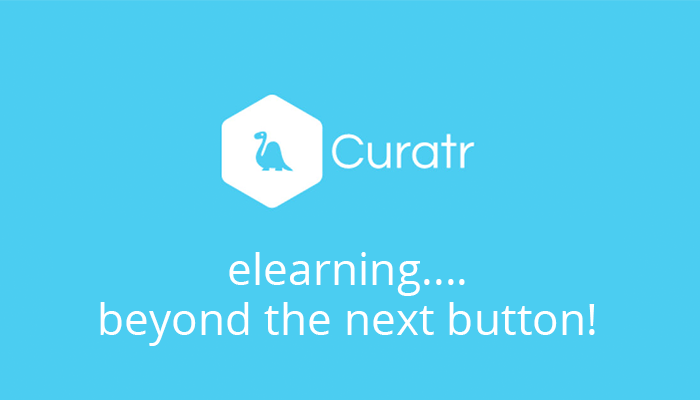
elearning.... beyond the next button!
Curatr
In this latest free offering from HT2 we’ve taking something of a brave (some might say foolish, but we prefer ‘experimental’) approach to our design.
We’re intending to facilitate a year-long conversation that will focus initially on the term ‘elearning’ and considering what that means in 2016, before using each month of the year to a look at a current or emerging technology that could be used to enhance the practice of those of you in a people development role. These monthly topics will become available on the 1st of each month.
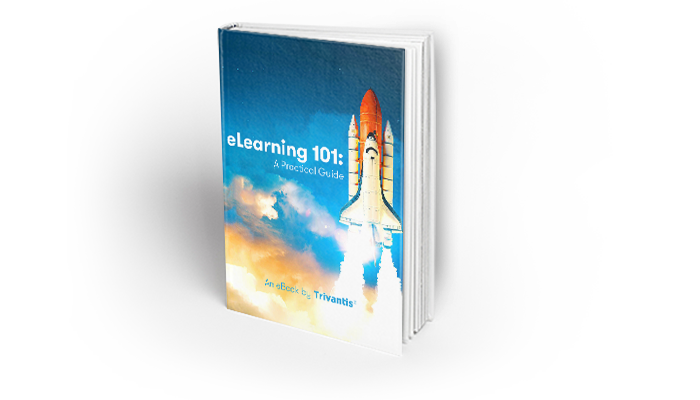
eLearning 101: A Practical Guide
Trivantis
Learn the foundations of eLearning development in this complete guide for new training industry professionals.
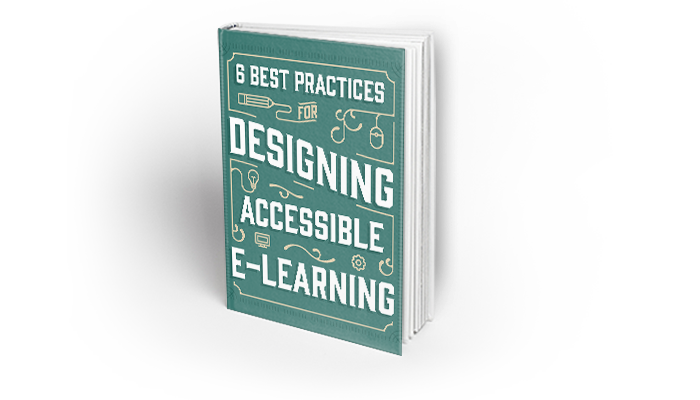
6 Best Practices for Designing Accessible E-Learning
Articulate
If you’re struggling with creating e-learning that meets the highest standards of accessibility, we’ve got the e-book for you.
In this free guide, we’ll walk you through the many choices you’ll need to make to design courses that meet popular accessibility standards, such as Section 508 and WCAG.

Dear Instructional Designer
Kristin Anthony, DearInstructionalDesigner.com
The show for instructional design newbies.
What is the life of an instructional designer really like? This show is going to delve into all of the mess and how we can deal with it.

The Crisis of Context in Corporate Learning
Inkling / Elearning Guild
Learn how context has usurped content as the new king in the enterprise, and why this shift should be your learning and development team’s number-one priority.
Content is the foundation of your learning programs, but it is no longer the whole story. Putting your content into context—providing employees with instant and easy access to the content that is relevant to them—is the new standard for learning and development.
With numerous studies pointing to a majority of companies pouring their focus (and money) into generating more and more content, prioritizing context has never been more necessary. This eBook explains why context matters in the modern mobile enterprise, and how you can build it into your learning programs successfully.

How To Create An Outstanding MOOC
Curatr
In this course from HT2 we’d like to offer you not only the opportunity to discuss MOOC design in the fantastic social setting that is Curatr, but you’ll also have the chance (and support) to build your very own MOOC - in Curatr!
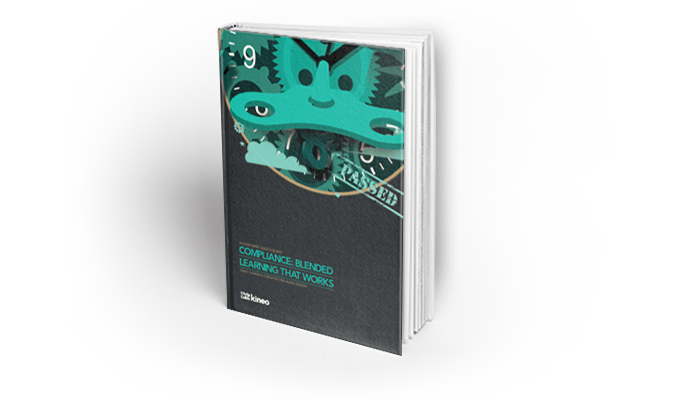
Compliance: Blended Learning That Works
Kirstie Greany, Kineo
Helping organisations move beyond the tick-box, using blended learning to create engaging and compelling compliance programmes.
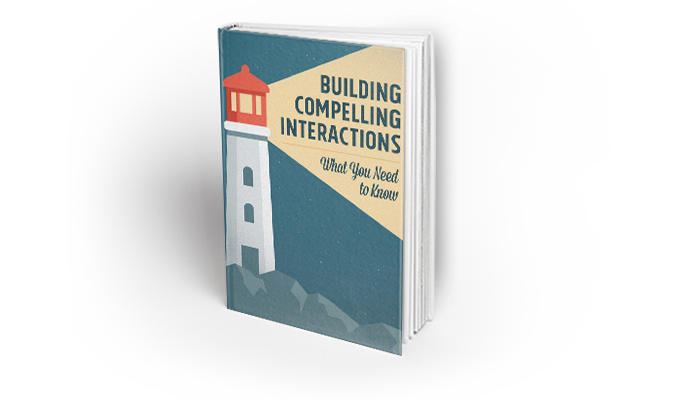
Building Compelling Interactions: What You Need to Know
Articulate
Engaging e-learning courses give learners opportunities to take action, make decisions, and engage with content. In this e-book, we’ll share our pro techniques for building interactions that tempt your learners’ curiosity and invite them to explore.
Let learners discover relationships between key concepts with interactive activities. Ask absorbing questions that help learners process new information. Create thought-provoking scenarios that challenge learners to apply what they’ve learned to realistic situations. And design decision points that keep your learners wanting more.
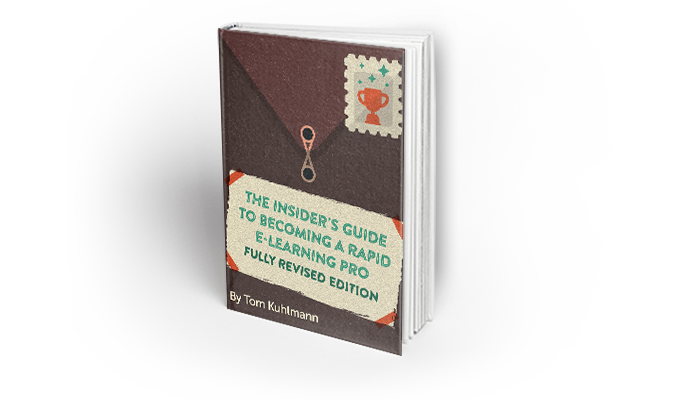
The Insider’s Guide to Becoming a Rapid E-Learning Pro
Tom Kuhlmann, Articulate
This free e-book by world-famous e-learning guru Tom Kuhlmann, author of The Rapid E-Learning Blog, will turn you into an e-learning pro in no time.
Tom will walk you through foundational e-learning concepts, explain common terms, and introduce you to the different types of tools you’ll use. He’ll also give you a top-to-bottom framework for partnering with stakeholders, gathering needed resources, and developing your online course effectively and efficiently.
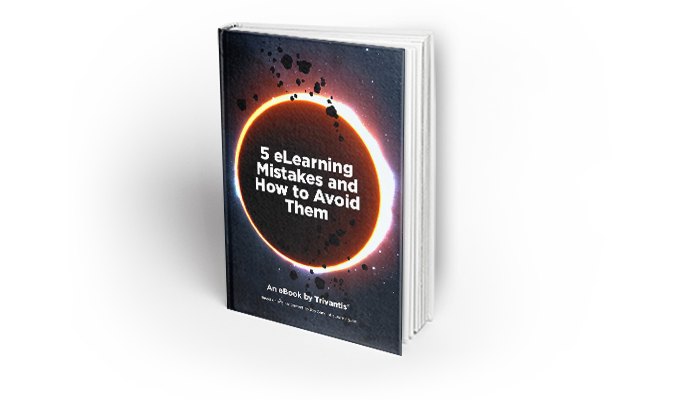
5 eLearning Mistakes and How to Avoid Them
Trivantis
Are you making these eLearning mistakes? Find out the worst offenders and how to avoid them. This eBook is based on original content by Joe Ganci of eLearningJoe and our extremely popular 5 eLearning Mistakes webinar.

Writing Tips to Grab Your Learners' Attention and Keep it!
Hannah Hunter, Allen Interactions
On-screen text can be a powerful tool to motivate, inspire, entertain, and educate. Instructional designers can use many tools to help make onscreen text Meaningful, Memorable, and Motivational.
This e-book, perfect for all instructional designers, outlines 5 practical writing tips that can be used to grab learner attention and keep it!
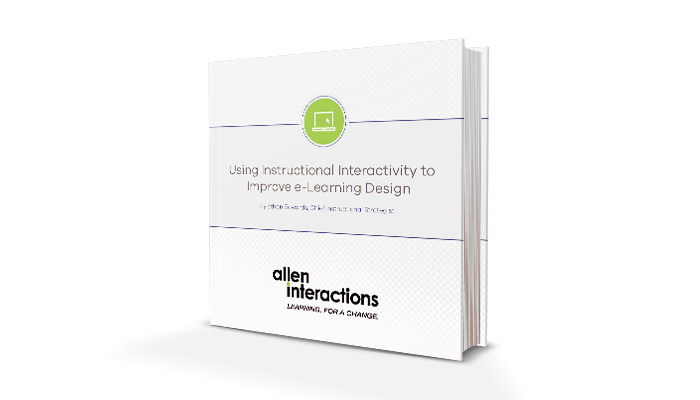
Using Instructional Interactivity to Improve e-Learning Designs!
Ethan Edwards, Allen Interactions
In this e-book, Ethan Edwards covers the concept of instructional interactivity, and demonstrates how it can transform the learning experience for learners working independently through an e-learning program. Gain understanding of the four essential components of instructional interactivity, CCAF, which include: Context, Challenge, Activity, and Feedback.
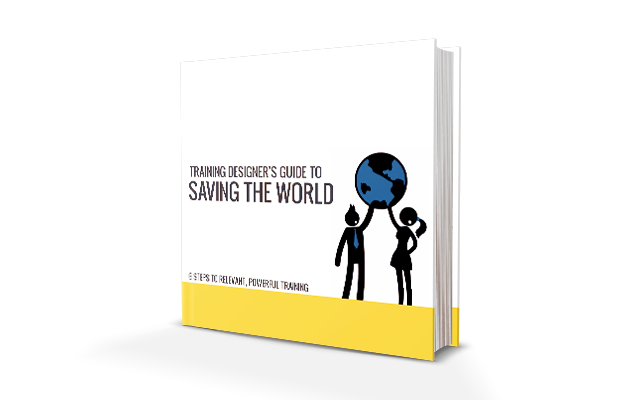
Saving the World from Boring Training
Cathy Moore, CathyMoore.com
In this 23-page ebook, you’ll learn 6 steps for saving the world from boring training courses.

6 Rules to Designing e-Learning for Maximum Motivation
Ethan Edwards, Allen Interactions
In an individualized learning setting, like asynchronous web-based training programs, active learner engagement is necessary for learning to occur.So while it is important for the instructional designer to get the content “right,” it is even more vital (and usually more challenging) to design interactivity to draw in the learner to commit to the authentic behavior needed for learning to occur.
This e-book presents six straightforward and effective design strategies to create learner motivation in e-learning.

10 Practical Principles for Creating Impactful e-Learning
Ethan Edwards, Allen Interactions
Instructional designers of e-learning face a constant challenge of how to create learning experiences that actually make a difference. Too many of the accepted and easy approaches result in e-learning courses that fail to motivate, engage, or empower learners. Sophisticated simulations and technically-sophisticated designs seem out of reach for many instructional designers.
In this e-book, learn:
- 10 practical principles that should be implemented at any level of complexity to create training experiences that are transforming and memorable.
- Actionable tips to implement these principles into your e-learning designs.

7 Steps To Improved E-Learning Challenges
Ethan Edwards, Allen Interactions
The Context, Challenge, Activity, and Feedback (CCAF) Instructional Design Model is a powerful tool to guide the design of engaging and effective online interactions.
Instructional designers appreciate the power of these elements and are impressed when presented with finished interactions that exemplify these principles. However, when faced with designing an interaction from scratch, many designers find it difficult to break out of the traditional tedious multiple choice and true/false formats that are used so often.
This e-book provides seven small steps to improved interactions while recognizing that capabilities with authoring software might be quite limited. If you begin applying these steps while you are designing questions, you will quickly open up a world of much more powerful design possibilities.
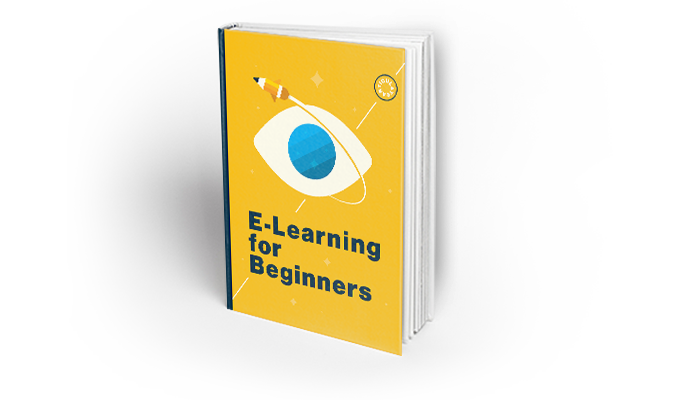
E-Learning for Beginners
Articulate
New to e-learning? Our in-depth e-book will tell you everything you need to know. You’ll be creating great courses in no time!
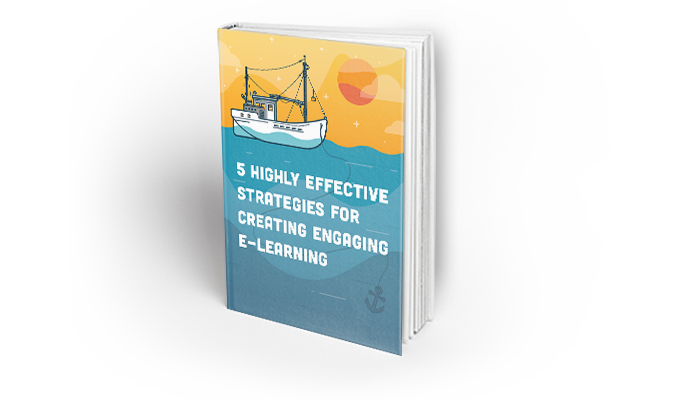
5 Highly Effective Strategies for Creating Engaging E-Learning
Articulate
Want to create more engaging e-learning courses, but aren’t sure where to start? In this go-to guide, you’ll learn how to attract—and keep—your learners’ attention.
From demystifying visual design principles to uncovering the secret to building great interactions, this e-book shares the pro strategies you need to make more compelling, more engaging, and more effective courses.
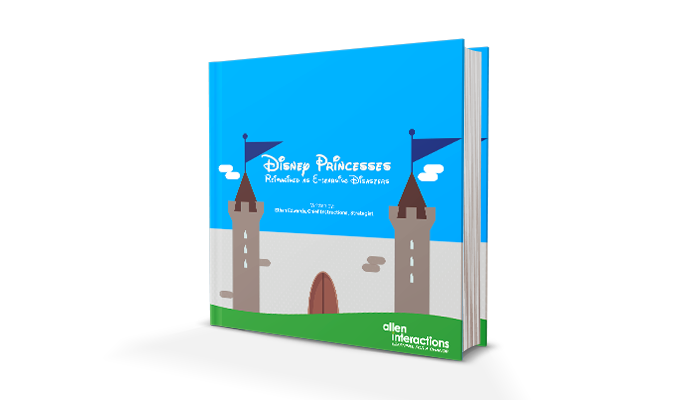
Disney Princesses Reimagined As E-Learning Disasters
Ethan Edwards, Allen Interactions
One of the more robust Internet trends has been reimagining the well-loved Disney Princesses in different situations. From the imaginative Disney Princesses Reimagined as “Real Life” Women to the provocative Disney Princesses Reimagined as Different Races to the absurd Disney Princesses Reimagined as Hot Dogs, these iconic characters seem to be useful in revealing aspects of our world that might otherwise go unrecognized.
In this spirit, Ethan Edwards puts this lens to the design of e-learning to shed new light on some problems and risks that we face and have become blind to by illustrating 12 Disney Princesses Reimagined as e-Learning Disasters.
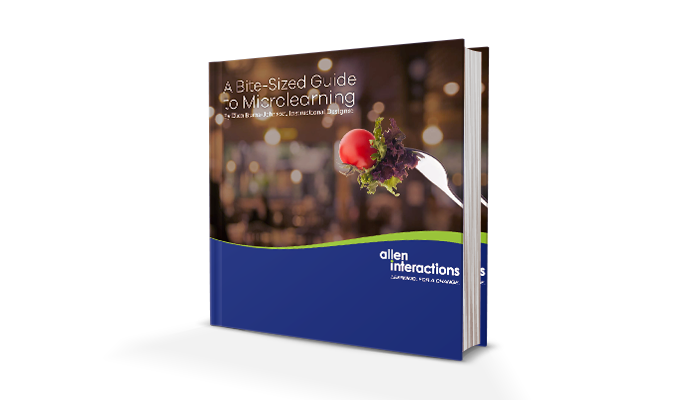
A Bite-Sized Guide to Microlearning
Ellen Burns, Allen Interactions
You have heard the buzz and excitement in the learning industry about microlearning—but how do you put the principles and theories behind microlearning into action?
Explore the basics of microlearning design and get foundational knowledge on implementing microlearning at your organization!
This e-book delivers insights into what makes successful microlearning gleaned from Ellen’s experience working with varied companies and organizations.

